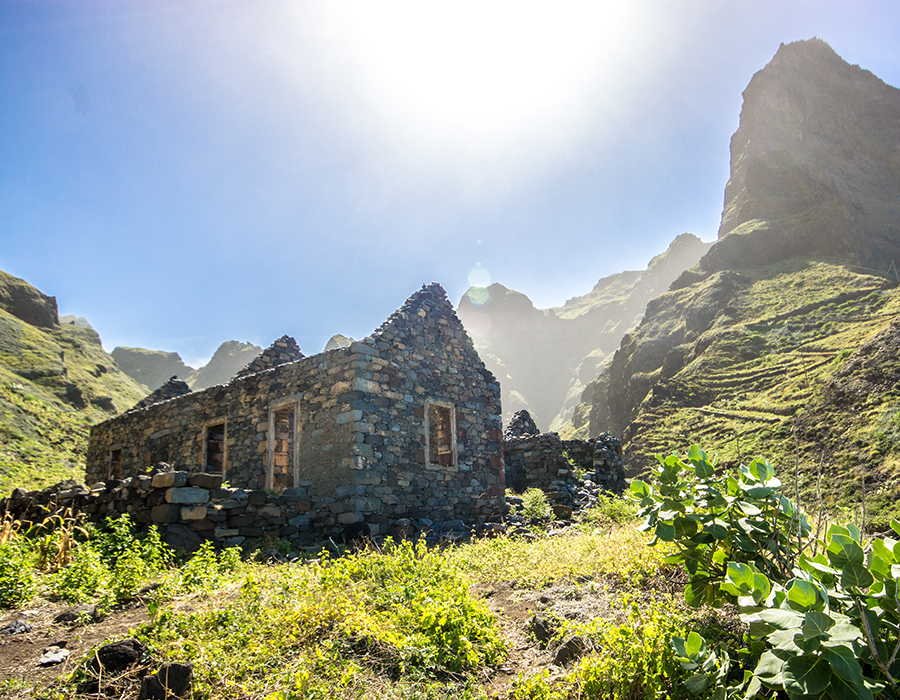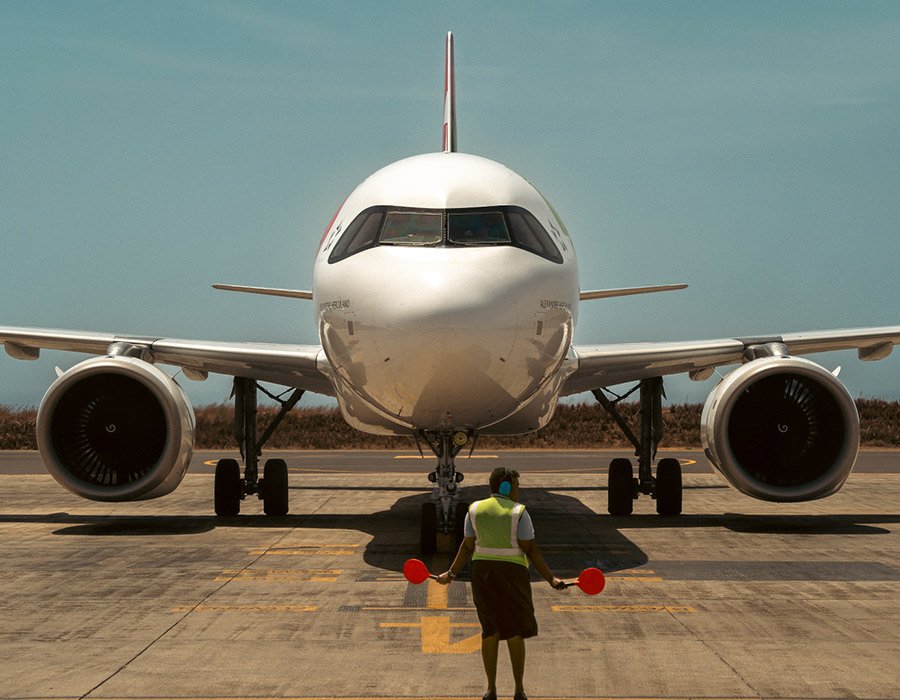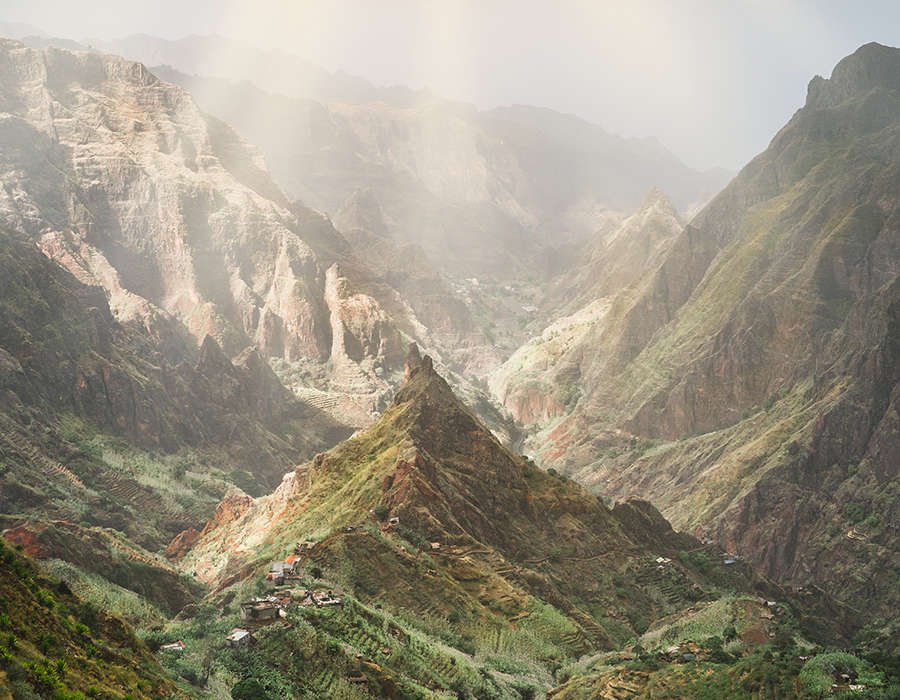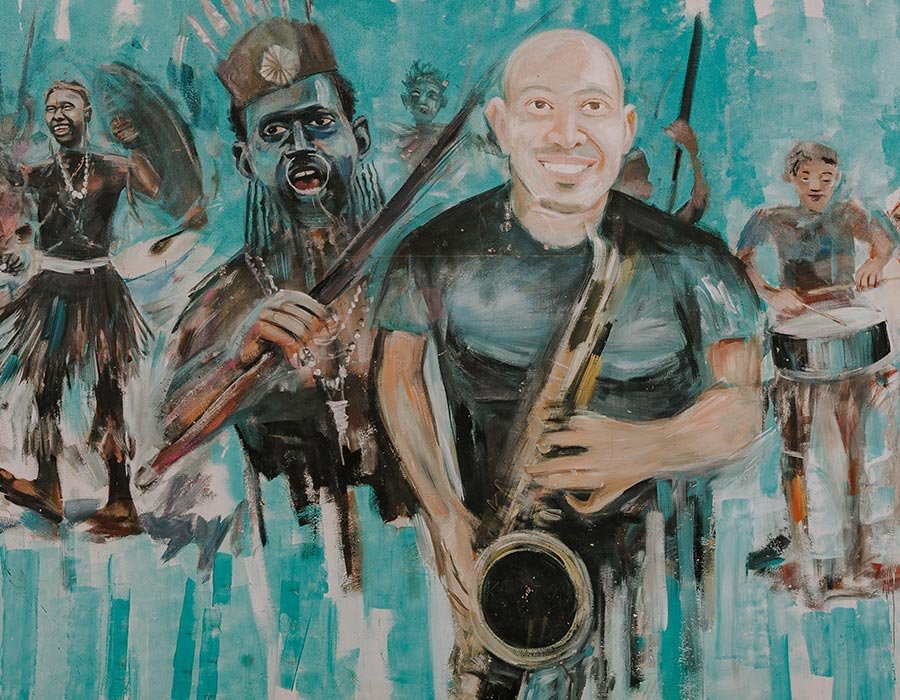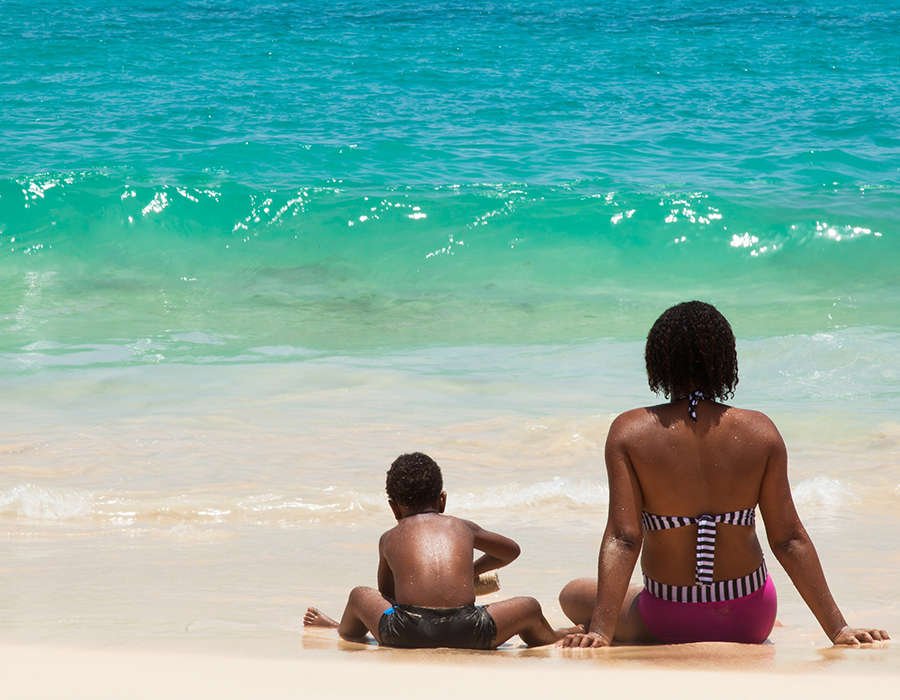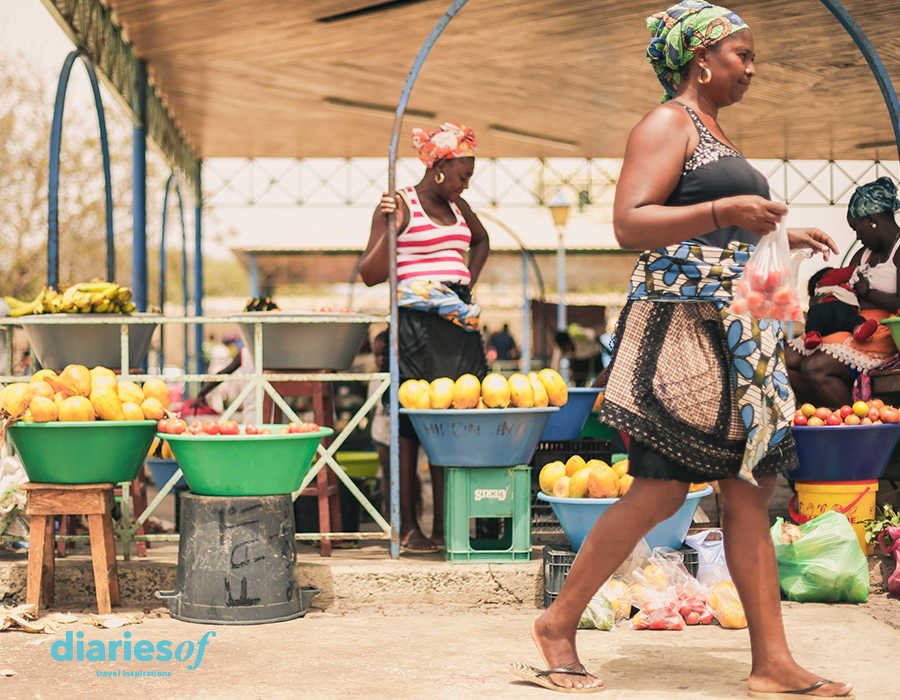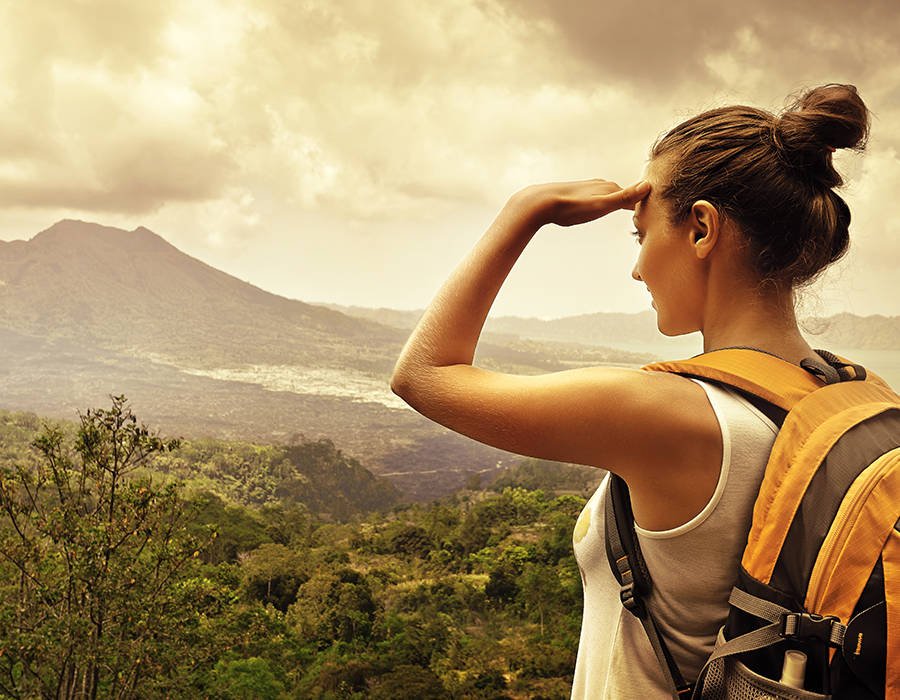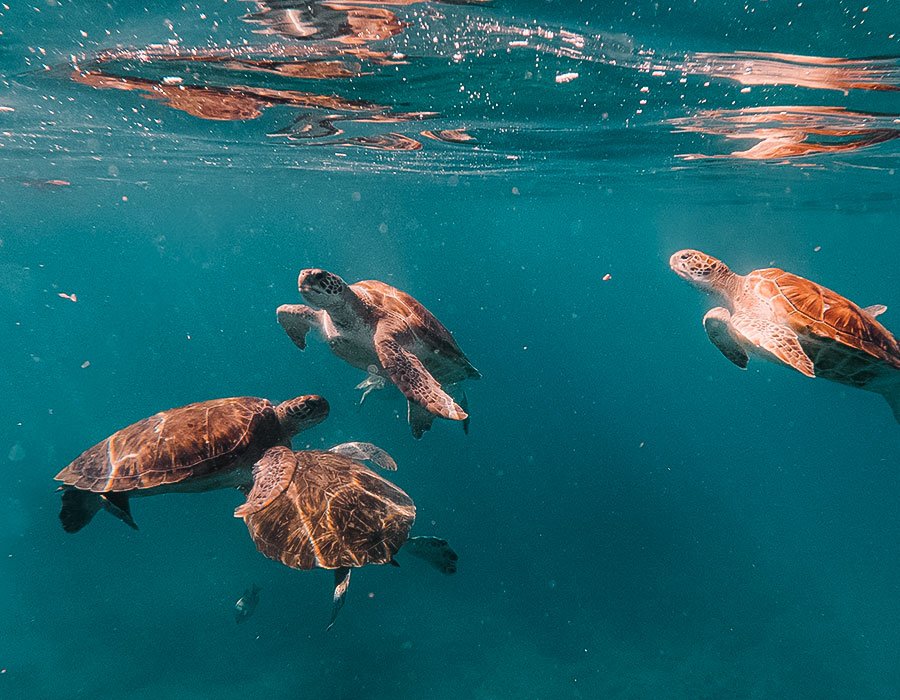Today we want to give you a small snapshot of how the coronavirus is being experienced in Cape Verde.
Uncertainty, this would be the feeling that unites us wherever we are. The pandemic has become a global phenomenon and affects a large part of the different continents.
The context: a population accustomed to resisting.
The general character of the Cape Verdean society is one of absolute Morabeza and resistance. The country has historically struggled through great periods of drought and famine, not to mention hostile situations such as the eruptions of Fogo. With an open character and a tremendous desire to always move forward, it is not surprising that the society welcomed the confinement proposed by the state.
As you know, Cape Verde is one of the most advanced countries in Africa; it has relatively good resources to cope with the pandemic. So far, the confinement orders are strict and you can only go outside to buy groceries, go to the bank or work if you are allowed to do so.
All inter-island passenger communications are now closed, both by sea and by air, and only the transit of goods is allowed. This measure was very effective in stopping the spread of the coronavirus in Cape Verde.
At the level of supply, no difference is being noticed with the day to day, beyond the police or military presence in the supermarket environments. In Cape Verde they are more than used to the fact that the ship carrying butter to a certain island arrives a week late, or that certain types of imported food arrive with a certain frequency. But most of the food used by the population, such as rice, beans or mangoes, comes entirely from the islands.

Sunset in Mindelo with unusually empty streets. Monte Cara on the horizon. Photo courtesy of vistaverde tours.
At the time of publication of this article, there are 90 cases, most of them located in Boavista, where the outbreak started through tourists carrying the virus. In Sao Vicente there is only one controlled case and in the Capital Praia (Santiago), efforts are being made to detect and control the outbreak.
You can follow the pandemic very well in the official website enabled by the government. Here you can see by islands and demarcations the exact map of the detected cases.
"A horizon full of hope; and of course closer than far away."
The coronavirus situation in Cape Verde is not very different from the one we live in Spain. A society very accustomed to human contact, with physical greetings and a lot of life in the street, has been told that none of this is possible. Suddenly, they have been forced to confine themselves to their homes, adapt the way they greet each other and maintain social distances.
Of course there is a certain feeling of disbelief about the coronavirus in Cape Verde, and we explain why.
As in Spain, when we already had the virus walking through our streets, we were not aware of the magnitude of the problem, despite having a relatively close reference, such as Italy. If we were walking calmly through the streets, living a completely normal life, imagine what it must be like to receive the order of confinement on an island where there is no case…
Moreover, this sentiment is created by the evolution of the virus, as Africa has probably been the last continent to be impacted by the pandemic.
Disinformation, the most dangerous enemy.
To a greater or lesser extent, it is a phenomenon that happens everywhere, and the Creole archipelago is no exception. Being able to find and contrast good information is a privilege that not all families can afford. We must take into account that there are many people without access to the internet or official channels.
So in this coronavirus scenario in Cape Verde we find a large majority who understand the confinement, some people who don’t quite believe it, and others who are guided by fear and misinformation. Does this situation sound familiar?
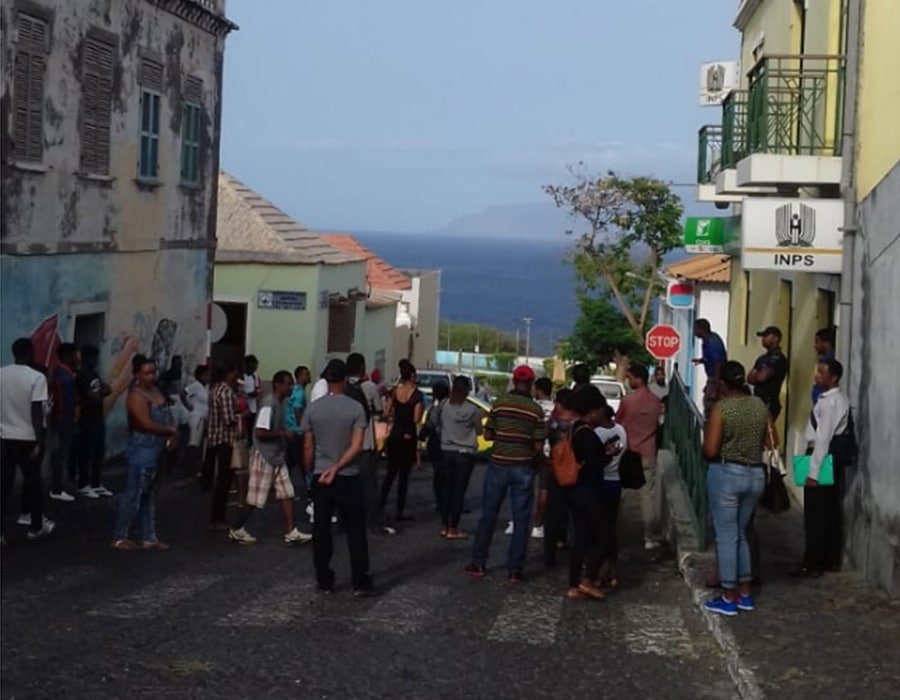
Queue to access a bank in Sao Filipe (Fogo). Island without Covid-19 cases but with a state of emergency decreed.
The tourism sector, the hardest hit by the global pandemic
Tourism accounts for approximately 85% of the GDP of the archipelago, and right now all businesses in the sector have been forced to close. The situation of the local companies is similar to those that have been forced to take ERTE, with a duration of 3 months.
Santo Antao, one of the islands not affected by the coronavirus in Cape Verde.
This spectacular island bases its economy practically on working the land and fishing in the sea; so, apart from not coming across hikers and having ferry communications closed, the impact of the virus in Cape Verde is hardly visible.
A near and hopeful horizon.
As of today, the state of emergency has been downgraded on the islands where no cases have been detected. These are Sal, Fogo, Brava, Santo Antao, Sao Nicolau and Maio. It is also expected that these islands will be the first to receive international tourism, but at present there is no clear forecast.
What is clear is that Cape Verde will become even more of a safe travel destination. The archipelago and its society are taking the measures very seriously and thanks to it, the reopening is closer than far away.
We leave you with a video to remind you that, despite the Coronavirus in Cape Verde, the archipelago is waiting for you very soon with open arms. Take care & stay positive!








